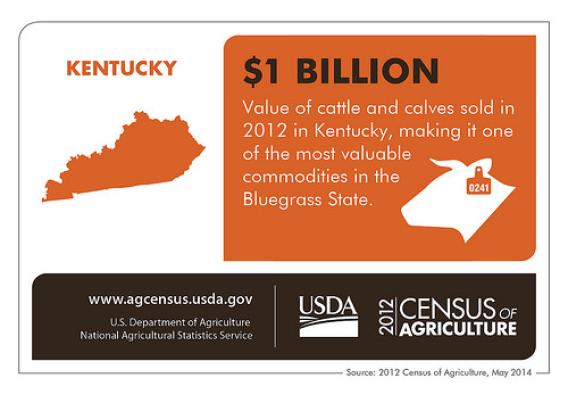Jamie Scott participated in a roundtable on climate change and agriculture with USDA Secretary Vilsack in East Lansing, Michigan on April 23rd, 2015. Mr. Scott is the Chairman of the Kosciusko County Soil and Water Conservation District and currently serves as the Vice-President of the Indiana Association of Soil and Water Conservation Districts.
Alongside my father Jim, I operate JA Scott Farms. Together we grow approximately 2,000 acres of corn, soybeans and wheat in Kosciusko County, Indiana. One-hundred percent of those acres are planted using a no-till conservation cropping system that incorporates cover crops every winter.
We use this approach to take advantage of the soil health benefits of no-till and cover crops. We have higher yields, richer soil, and improved water holding capacity. I am also encouraged that these practices can remove carbon from the atmosphere and store it in the soil. We have found that these benefits outweigh the added expense of labor and cover crop seeds.






